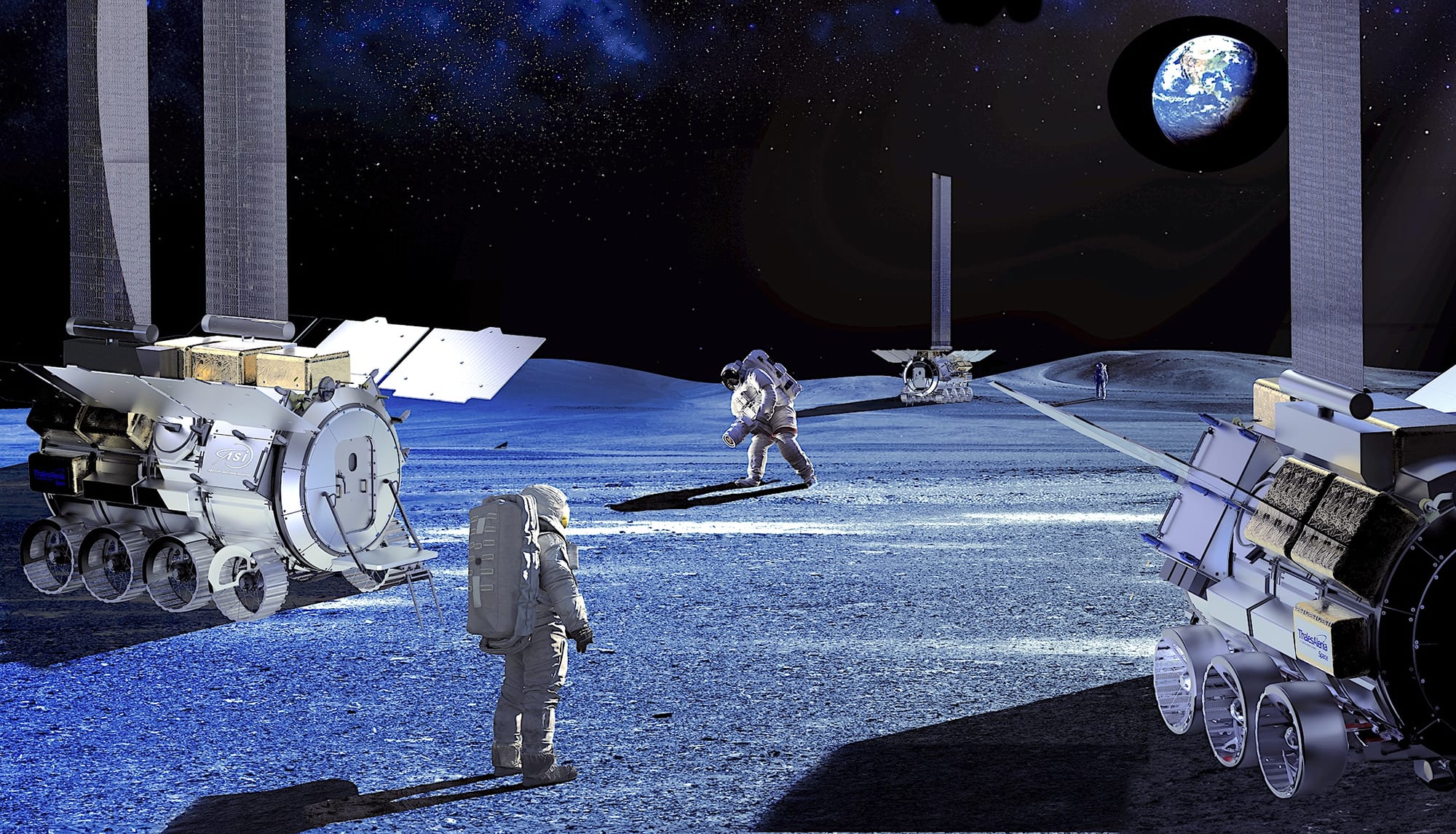Moon Monday #194: On the approval of India’s Chandrayaan 4 sample return mission, and first look at Chang’e 6 samples
This week’s Moon Monday has not one but two feature stories! So much has been happening in lunar exploration this whole year that I’ve transitioned to writing deep dives more frequently so as to adequately capture and contextualize big updates. If you appreciate my efforts to bring you such a highly curated community resource every single week, join the supporters. 🚀🌗
Chandrayaan 4 has entered the chat
September 2025 update: Check my new article on Chandrayaan 4 for the latest and comprehensive details on the mission.
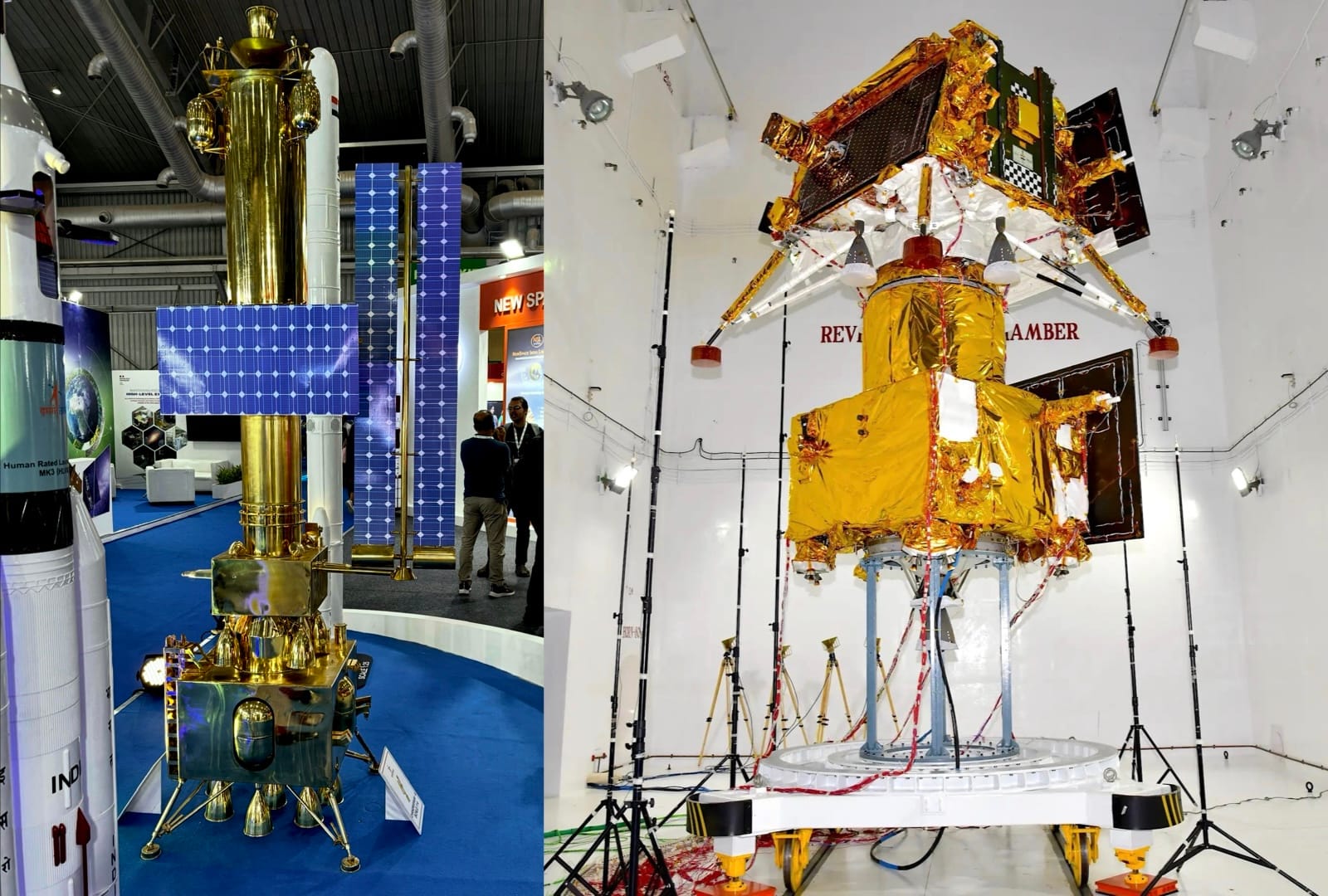
On September 18, the Indian Government Union Cabinet approved Chandrayaan 4, a lunar sample return mission with a budget of ₹2104 crores ($252 million). The government press release says the mission is expected to be executed within three years, which means we can expect a launch to be in the latter part of 2027—if all preparations and yearly budgetary approvals go well. Chandrayaan 4 currently aims to bring somewhere between two to four kilograms of scooped plus drilled lunar samples for scientific studies to enrich our understanding of the Moon.
The mission consists of five spacecraft modules: the lander (descender module), the propulsion module, the ascender module, the sample transfer module, and the Earth reentry capsule. Combined, these would weigh 9000–9500 kilograms, which is roughly twice the maxed out GTO payload capacity of India’s most powerful rocket, the Launch Vehicle Mark III (LVM3). Since LVM3’s lift prowess is less than half of China’s Long March 5 rocket which enabled CNSA to undertake the Chang’e 5 and Chang’e 6 sample return missions, ISRO’s approach with Chandrayaan 4 instead involves two LVM3 launches, with the modules split between them.
Update on October 7: The lander and ascender module will be stacked and launched on one LVM3 rocket while the other three modules will stack-launched on the second one. After each stack is deployed in an elliptical Earth orbit, they will rendezvous and dock to form a full, integrated stack. The propulsion module will raise the stack’s Earth orbit and jettison itself. The remainder stack will enter lunar orbit, where the lander plus ascender module again separate from the stack for descent, lunar landing, and sample collection. The ascender module will then lift off to bring samples to lunar orbit, wherein they will then be transferred to the reentry capsule to get them to Earth.
With Chandrayaan 3, one of the extended goals ISRO achieved was pulling the mission’s propulsion module from lunar orbit back to Earth orbit, thereby demonstrating a small but key capability that will be required to pull off a robotic sample return mission with Chandrayaan 4. One of the most complex parts of Chandrayaan 4 would be remotely docking robotic modules in Earth and lunar orbit, the latter being a feat only China has achieved so far. And so, as Kalyan Ray recently reported, ISRO will launch the ~$14 million SPADEX (space docking experiment) mission end of this year (but likely early next), wherein two spacecraft will practice docking in Earth orbit. SPADEX will buy down risk not only for Chandrayaan 4 but for the upcoming Gaganyaan human spaceflight missions—in particular the cargo flight to the International Space Station and to India’s upcoming first space station module later this decade. Together these missions will feed into enabling ISRO to send humans to the Moon, wherein large crew-rated modules will need to safely dock with each other.
LUP-ex’d
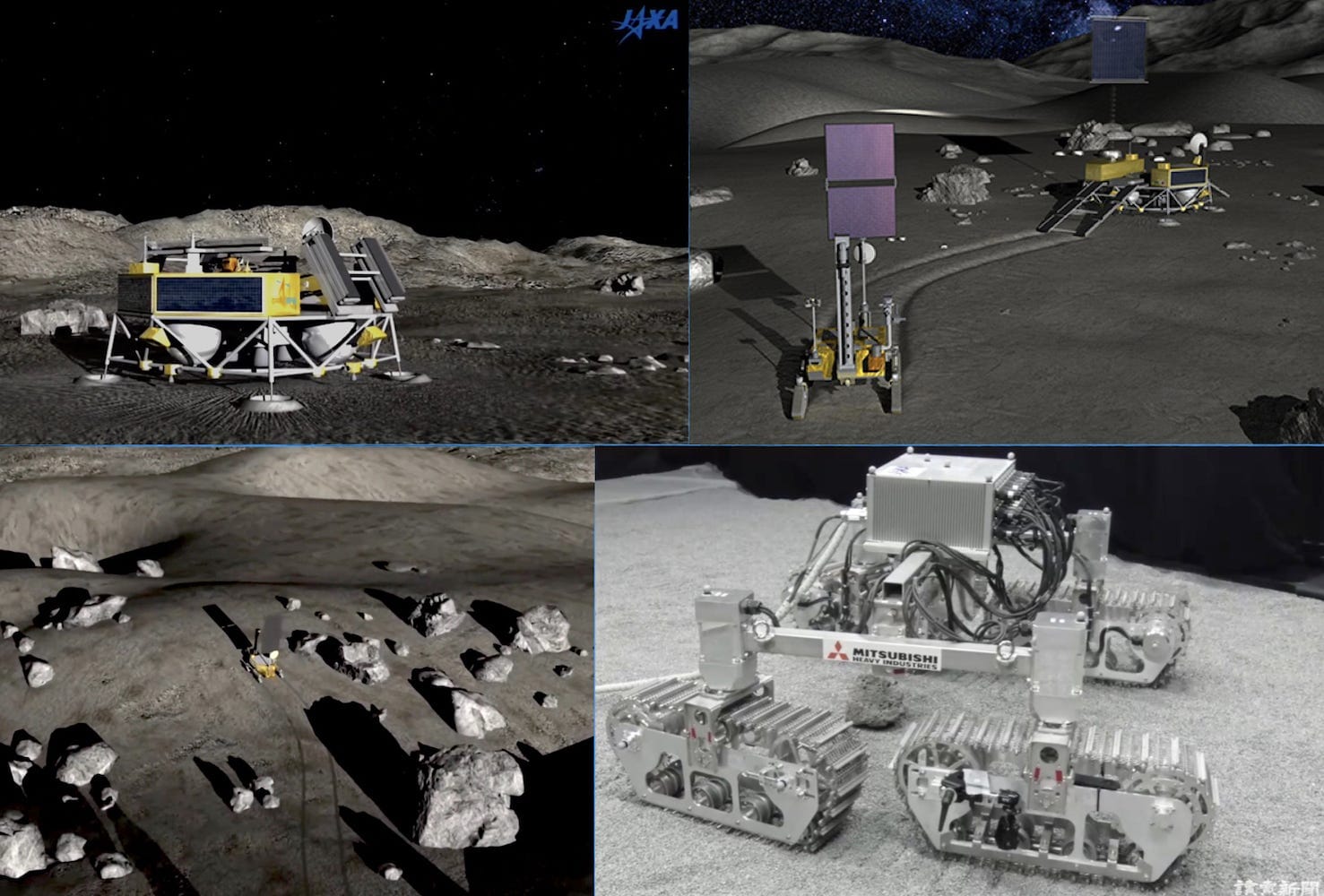
While Chandrayaan 4’s formal commissioning is great news, it also means that the joint Indo-Japanese LUPEX mission aimed at directly studying the nature, abundance, and accessibility of water ice at the Moon’s south pole was not proposed for the Indian government’s approval as of now. Not that a successfully executed Chandrayaan 4 sample return won’t have its own positive influences but as a signatory to the US-led Artemis Accords, India could’ve positioned LUPEX to be immediately useful in a unique way.
LUPEX would feed into as well as build on ISRO’s ongoing aid to NASA with lunar polar resource prospecting and hazard classification for planning of crewed Artemis missions. Especially when considering the ongoing scramble in the US to save NASA’s VIPER rover mission from getting canceled against budgetary challenges, the ISRO-JAXA LUPEX rover would’ve provided the much-needed ground truth about water ice deposits on the Moon’s south pole based on which increasingly complex robotic and crewed missions can even be conceptualized.
As for the mission’s journey so far, the Japanese government approved the LUPEX mission a while ago but have been waiting on India to do the same. The mission’s lander, which ISRO will provide, supposedly has its preliminary design review pending. The rover’s development is farther along with prototype hardware built and tested for mobility but the rover’s instruments—coming from both the countries—haven’t been finalized yet despite it being originally expected to be done over a year ago. ISRO-affiliated scientists have been conducting landing site selection studies for LUPEX. Considering that LUPEX had been in the making for years now, with ISRO and JAXA even building anticipation for a mid-decade launch, it was expected to be the next mission India green-lits but clearly Chandrayaan 4 has superseded it.
However, one must also note that this linear fashion of Moon missions from ISRO is what is to be expected. Despite the many highs of 2023 for Indian space, the FY2024 budget of $1.56 billion for the country’s Department of Space (DOS)—of which ISRO gets the major chunk—has essentially stayed flat. India’s approach to even attempt its planned increasingly complex lunar and crewed exploration missions is gradual and different than the US or China by necessity. ISRO simply lacks the scale of resources and threaded execution of planetary missions that NASA and CNSA enjoy, with governmental Indian space funding being only a tenth to twentieth of China and the US, and private funding for deep space exploration being nearly zero. And so, what ISRO has done to prioritize Chandrayaan 4 is swap its mission order with LUPEX.
Announcement: I’ll be speaking at the Galaxy Forum in Hainan, China about India’s collaborative crewed lunar exploration plans! Being held this December, the conference will focus on international crewed Moon landings, science enabled by it, and astronomy from Luna. 🤓
Prepping lunar farside samples for scientific studies
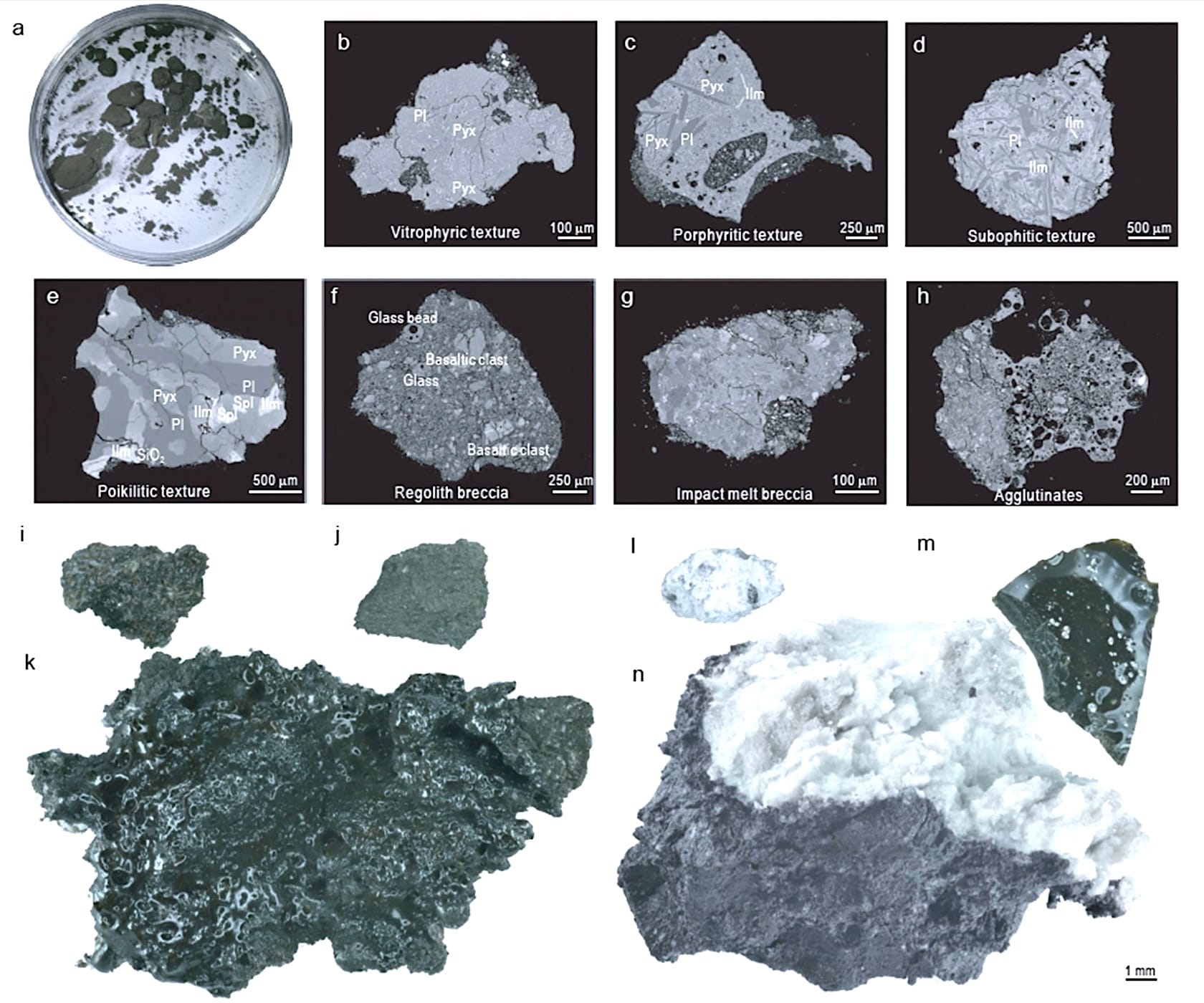
The National Astronomical Observatories of Chinese Academy of Sciences (NAOC) has now stored the 1.61 kilograms of lunar samples which were scooped by China’s Chang’e 6 lander on the Moon’s farside over three months ago and subsequently brought to Earth on June 25. It took Chinese scientists about two months to carefully unseal, size-sort, and store these samples in more than a dozen curated bottles, which now sit in a NAOC lab shelf below rows of Chang’e 5 samples.
Chinese scientists also completed determining the broad physical, chemical, and mineral characteristics of the Chang’e 6 samples, as published on September 17 in the National Space Review journal. As was expected, the samples indeed are very different from those picked from the Moon’s nearside—the farside material as collected by Chang’e 6 has a whiter appearance, is less dense and more porous, contains more rocky highland material rather than bits from volcanic plains, and lacks heavier minerals.
Chang’e 6 also brought to Earth 325 grams of drilled samples from below the lunar surface. Scientists will need up to two more months to prepare, sort, and store these since they plan on segregating the samples into 100 layers—one for every 1.5 centimeters of depth.
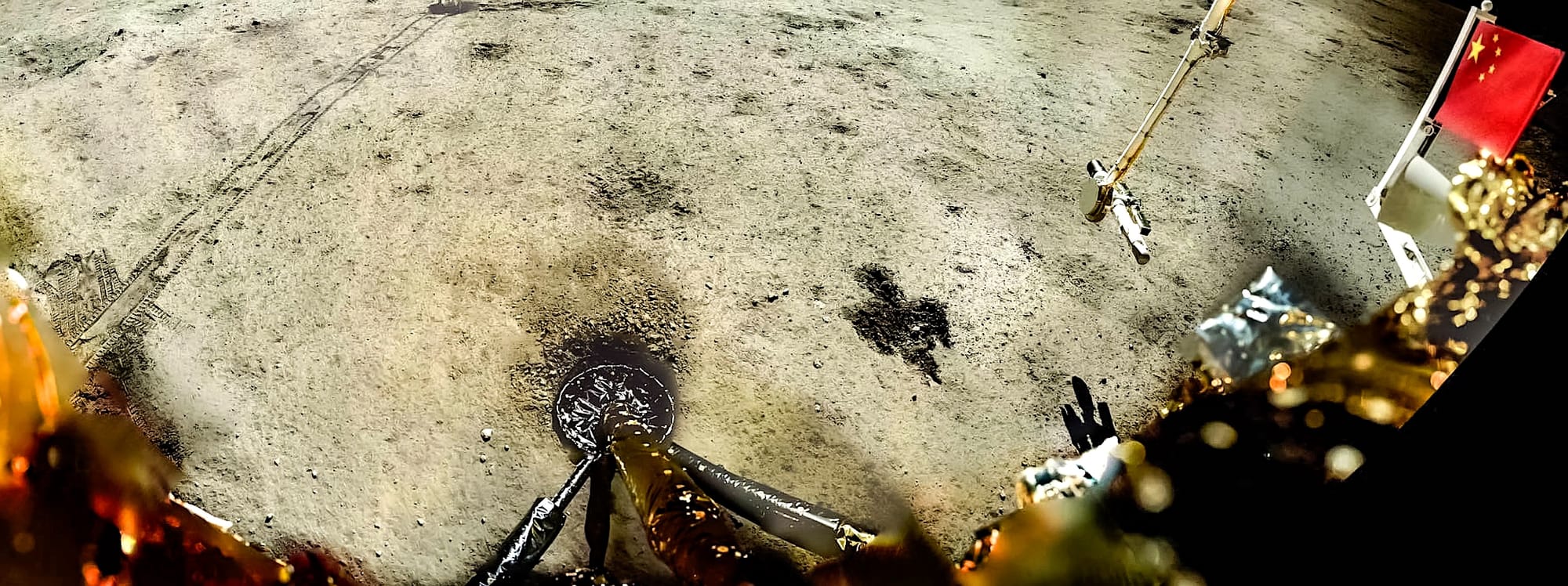
The Chang’e 6 samples will be scientifically even more valuable than the Chang’e 5 samples. They are expected to help scientists solve a whole host of Moon mysteries such as understanding the distinct lunar farside volcanism and why the farside is so enigmatically different from the familiar nearside—which is necessary to understand not just Luna’s evolution but that of our Solar System.
In order to maximize scientific return from the Chang’e 6 samples, Chinese scientists from across the country have been gathering for seminars and workshops to identify key scientific themes that could be tackled. Chinese research institutions are expected to be able to start applying to study Chang’e 6 samples after all of them have been prepared to be effectively analyzed. As per CNSA’s regulations on lunar sample management, international researchers can apply for mission samples two years after they’ve been brought to Earth.
Late last year NASA secured a remarkable exception from the US Congress for the country’s researchers to be able to apply to access and study Chang’e 5 samples despite policy and legal barriers. This exception might extend to Chang’e 6, or so we should hope anyway. Shortly after the Chang’e 6 samples arrived on Earth, both Victoria Bela and the Associated Press had reported CNSA’s Vice Administrator Bian Zhigang stating that the US remove the legal obstacles to allow for regular Sino-US cooperation in space.
Either way, looking ahead, China is firmly on track to launch the Chang’e 7 and Chang’e 8 spacecraft to the Moon’s south pole in 2026 and 2028 respectively. This will be followed by landing humans on Luna by end of decade, and then building a hybrid crew-robotic long-term Moonbase in the 2030s.
P.S. The Chang’e 6 mission itself is not done yet. Continuing the trend, CNSA has repurposed its orbiter module to enable future deep space missions.
Many thanks to The Orbital Index and Gordon Roesler for sponsoring this week’s Moon Monday! If you too love this curated community resource, please join them and support my independent writing.
More mission updates
- To my query regarding the lander testing aspect of ispace Japan’s upcoming second Moon mission, the company has told me in an email response that their engineers have completed field testing of lander sensors in lunar-like environments at multiple locations worldwide. The software suite used to simulate the spacecraft’s ability to softly land on the Moon has also been updated for the mission’s chosen landing site. As such, following the failed lunar touchdown attempt with the M1 mission in April 2023, ispace has expanded its lunar lander testing plan to improve the chances of a successful touchdown this time around. Recall that ISRO’s focus on enhanced testing, including with a dedicated simulations group, played a key role in Chandrayaan 3’s successful Moon landing last year since the simulations characterized the lander’s ability to recover from off-nominal trajectories. It also checked each redundant path the Chandrayaan 3 lander could’ve successfully taken during its autonomous descent. Here’s hoping that ispace achieves the same outcome.
- The team behind the upcoming NASA-funded Lunar Trailblazer orbiter—which will provide scientists with unprecedented high-resolution global maps of the amount, distribution, and state of water across the Moon—continues to churn out great mission infographics. This is something more missions should do for public outreach. Having recently successfully passed the standard series of launch and space environmental tests, Trailblazer is on track for launch as a rideshare alongside Intuitive Machines’ second Moon lander early next year.
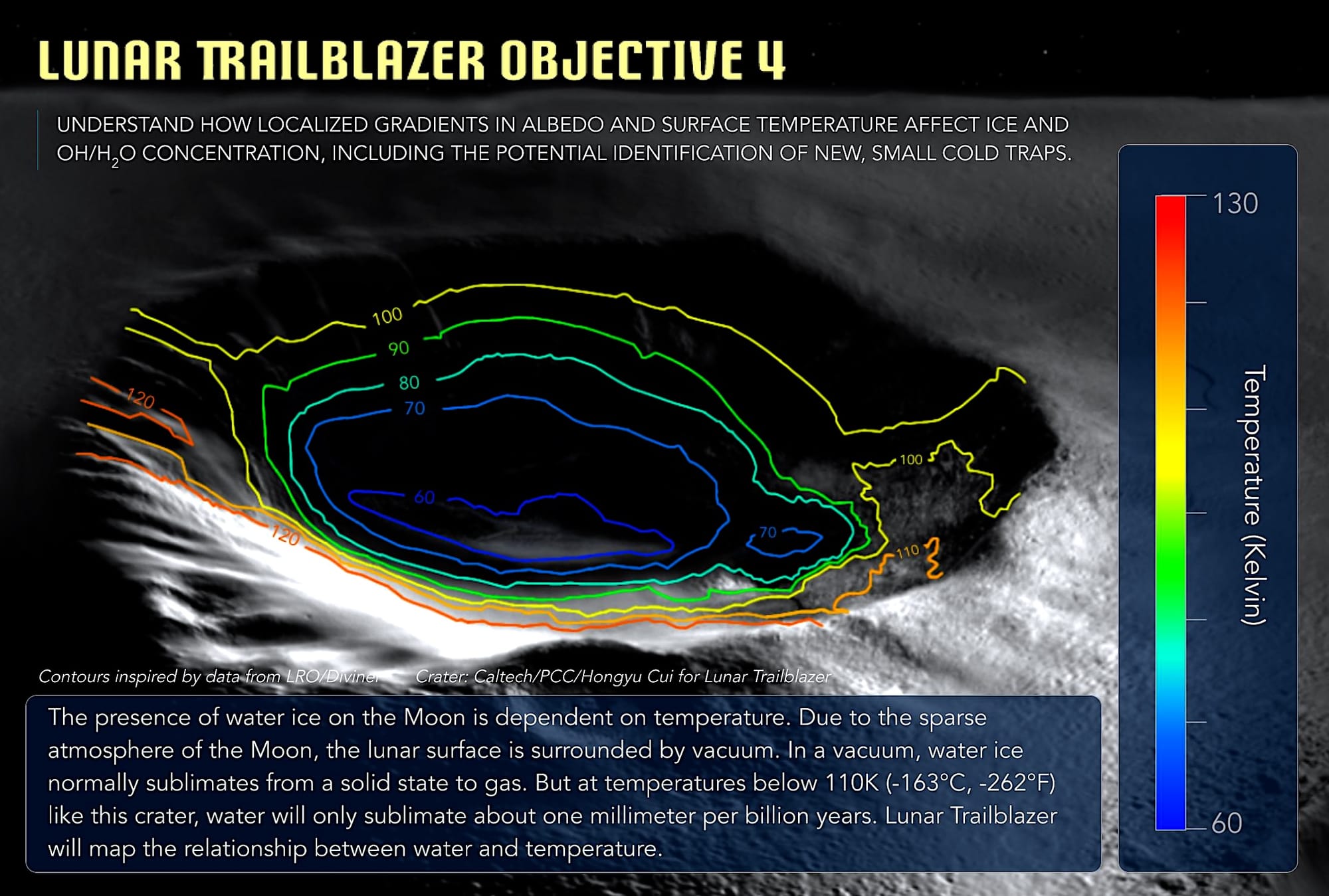
More Moon
- Lunar Outpost, the company sending rovers on two upcoming Moon missions part of NASA’s CLPS program, has developed a Moondust sensor for future lunar missions. Its data will be useful to better protect astronauts and hardware in long-term habitats. Notably, this solar-powered wireless sensor is also being used on Earth to detect a variety of pollutants.
- ESA’s Pangaea campaign to train future astronauts in geology continues with the latest batch learning how to spot meteorites on the Moon. Such an activity is important as it expands the scientific output from future crewed lunar missions to evolutionary processes in the wider Solar System.
- Andrew Parsonson reports that, following a preliminary design study, a NASA review board has approved the development of the Multi-Purpose Habitat module for Artemis Basecamp to be led by the Italian Space Agency (ASI). To be launched and placed on the Moon sometime in the 2030s, the module—being developed by Thales Alenia—can host two astronauts for up to 30 days nominally while a larger crew can stay for short periods during emergencies. The module will have wheels so it can reposition itself on the Moon’s surface as needed for smooth operations. It will take at least two years to complete the habitat module’s development after which its flight model can be constructed.
